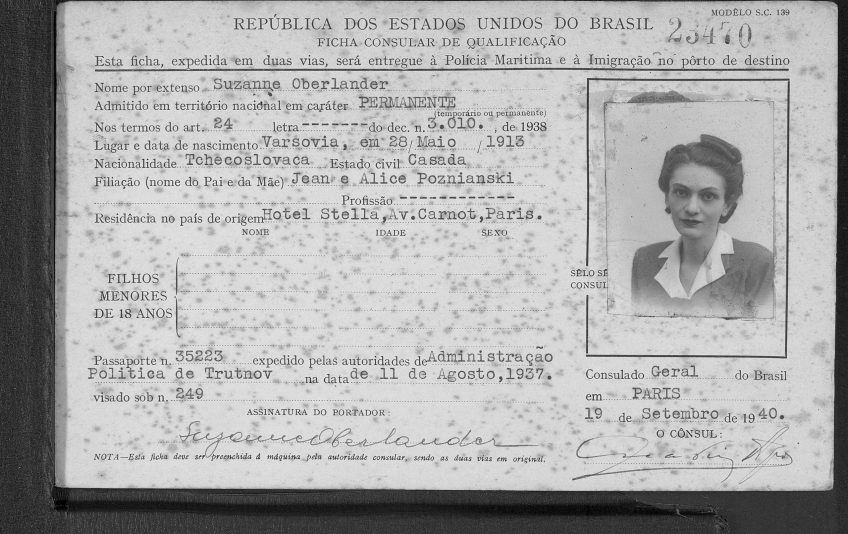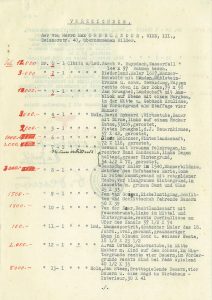WWII PROVENANCE RESEARCH
WWII PROVENANCE RESEARCH
Where were the artworks before the Picker?
Given the extensive looting and forced sales that took place in Europe during the tenure of the Nazi regime (1933–1945), museums make conscientious efforts to document the whereabouts of artworks in their collection during this period. In addition to the Picker’s internal archive, a wide range of external sources have been consulted in this research project to reconstruct the works’ provenances. This includes multiple online databases that contain information on objects known to have been sold in the past, such as the Getty Provenance Database and RKD excerpts, or those that record artworks known to have been looted during World War II, such as lostart.de, the Munich Central Collecting Point inventory cards [currently offline], and the database of works looted by the Einsatztab Reichsleiter Rosenberg that passed through the Jeu de Paume in Paris. In addition to databases of historic auction results, this project has surveyed literature, annotated auction catalogues, and photographs held in US and Dutch libraries and archives, and records provided by Austria’s Federal Monuments Office.
Five of the paintings included in this research project were originally collected in Europe by Max Oberlander (1898–1956), the uncle of Renate Schaefer (1924–2014), who would eventually donate the works to the Picker. Born into a Jewish family that owned several factories in the textile industry near Upice, Czechoslovakia, Oberlander lived in Vienna by the early 1930s. When Austria was annexed by Nazi Germany in March of 1938, many Jewish people left the country. Max Oberlander and his wife Suzanne, née Poznianski (1913–1944), also left in or around May of that year, when he exported his collection.
From the export documents we know that he paid an export tax of 4,000 Reichsmark (close to $30,000 in today’s USD), or about 10% of the estimated value of his collection. The works by Pieter Brueghel II, David Ryckaert III, and Portrait of a Woman appear in these documents. Had Oberlander waited only a few more months, he would have been subjected to the so-called Reichsfluchtsteuer or Reich Flight Tax, a punitive 25% tax that targeted in particular Jewish residents wishing to emigrate.
France, where the couple took up residence after leaving Vienna, fell to the Nazi regime in June of 1940. Passports for Oberlander and his wife were approved by the Brazilian embassy in Paris in September, and it is likely that they emigrated to Brazil soon afterwards. Suzanne died there only four years later at age 30. Max Oberlander lived in Rio de Janeiro for the remainder of his life.


Despite extensive research, it remains unknown exactly when and how Oberlander acquired the artworks in the Picker’s collection. The other artworks included on this website also continue to have unknown provenances for the years 1933–1945.
